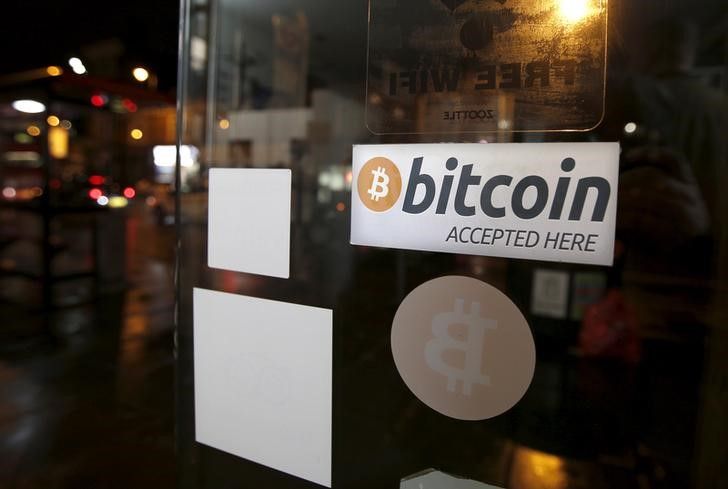U.Today – Four years ago, (BTC) was last seen trading below the $10,000 mark, marking a significant turning point in its price history. Bitcoin historian Pete Rizzo posted this milestone as a fun fact on X, reminding the cryptocurrency community how far Bitcoin has come.
In July 2020, after months of trading below $10,000, Bitcoin began a price run that would later define its history. Bitcoin surpassed the $10,000 mark and would then reach highs above $65,000 in the following months, specifically, in April 2021.
Bitcoin subsequently bid farewell to the sub-$10,000 level, a threshold it has not reached since. Reflecting on this, Rizzo tweeted: “4 years ago today, you had your last chance to buy Bitcoin below $10,000.”
Since then, Bitcoin has seen tremendous growth, bidding farewell to the sub-$10,000 level, a price that now seems to be a distant memory.
From subsequent highs of nearly $65,000 in April 2021 to the declines that followed and then highs above $69,000 in November 2021, the bear market of 2022, and its current all-time highs of nearly $74,000 in mid-March, Bitcoin’s journey has been nothing short of captivating.
What else is in store? VanEck predicts BTC price of $2.9 million
At the time of writing, BTC was up 4.58% over the past 24 hours to $67,166 as the cryptocurrency market fended off further declines on Thursday evening. While Bitcoin faces uncertainty in the very near term, asset manager VanEck has made a bold prediction about BTC’s price in a 26-year forecast.
VanEck, a Bitcoin spot and ETF issuer, predicts that the price of BTC could reach $2.9 million by 2050 if some major hurdles are overcome.
Bitcoin could become a vital part of the global monetary system in the coming decades, VanEck estimates in a report on Wednesday.
If events unfold as VanEck predicts, Bitcoin's price could increase nearly 44-fold, gaining 16% annually from its current price of over $67,000, and its market capitalization could soar to $61 trillion.
This article was originally published on U.Today









